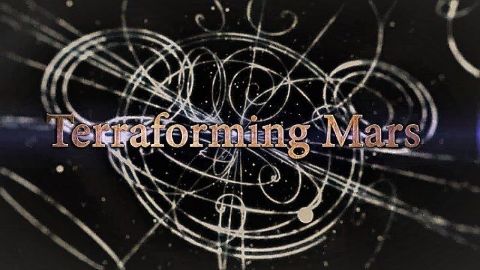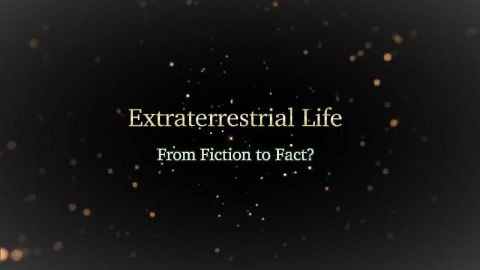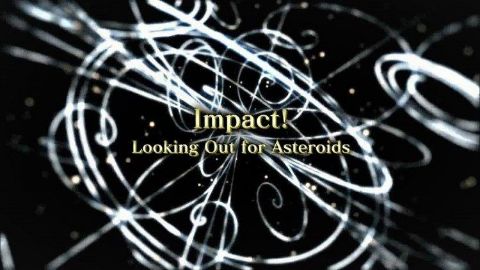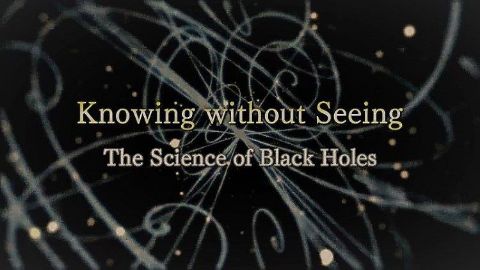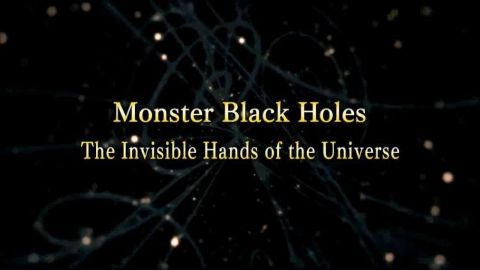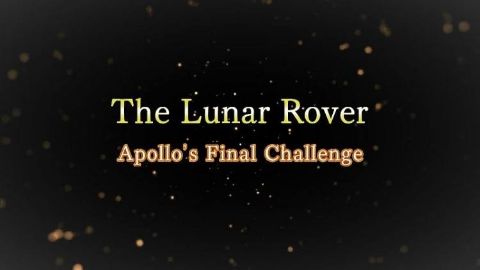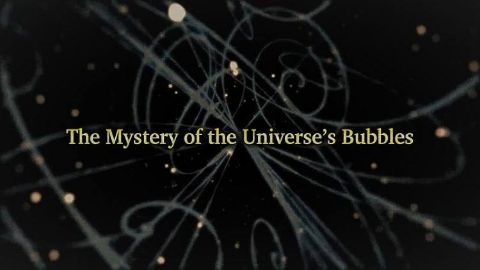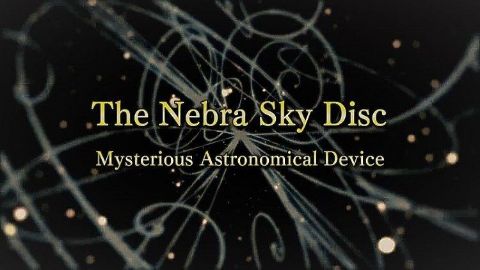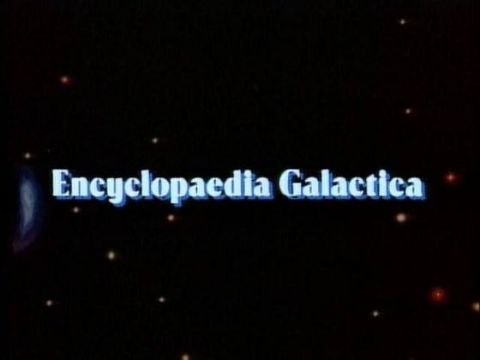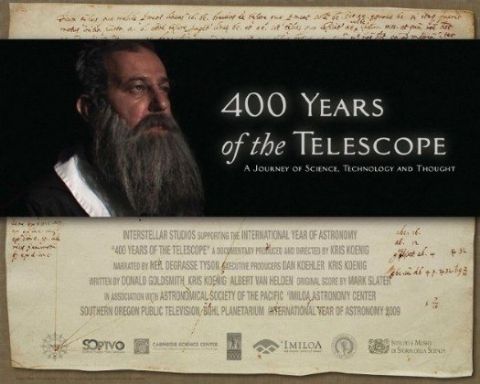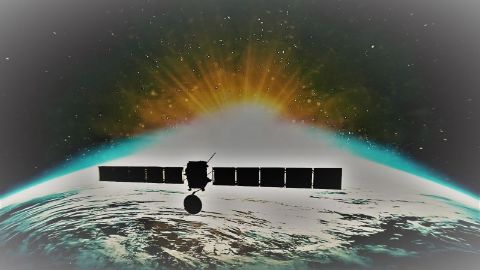Cosmic Front • 2014 • 18 episodes •
Could human settlements on Mars become reality as early as 100 years from now? Artificial micro organisms created with the latest techniques in synthetic biology could be used to produce resources such as iron, energy, and food directly on the planet itself. What would this new "Earth" look like?
2014 • Astronomy
Could Mars have ever harbored life? Thanks to NASA's latest Mars rover Curiosity, scientists are finding clues to this profound question. This program tracks the first year of Curiosity's adventure, and confirms that an ancient environment could have supported life on Mars.
2014 • Astronomy
In the Orion constellation, Betelgeuse, a red star 1,000 times the size of the Sun, is an old star that scientists predict will soon come to a violent end. Will we see a supernova explosion 100 times brighter than a full moon in our lifetimes? Will the explosion release rays harming life on Earth?
2014 • Astronomy
The story of how we discovered Dark Matter and what we do and don't know about this mysterious substance. Did Vera Rubin discover the glue holding galaxies together? What composes dark matter? What are Dark Stars and what is super symmetry, the potential answer to the questions around Dark Matter?
2014 • Astronomy
Extraterrestrial life = Science Fiction. Not so fast! -- the Cassini probe has provided photos of Enceladus, where scientists have found geysers of water vapor. And then there is Gliese 581g, a planet with Earth-like conditions....what would life forms look like in these watery environments?
2014 • Astronomy
Look up at the night sky, and you see countless shining stars. Our galaxy has 100 billion of them. Astronomers are now hunting for clues that will reveal "the first star" that transformed the ancient universe and led to the creation of everything that followed: galaxies, planets and life itself.
2014 • Astronomy
The Large and Small Magellanic Clouds, luminous in the night sky of the Southern Hemisphere, are celestial bodies shrouded in mystery, but recent observations have revealed some startling facts about them. They are survivors of galaxies formed in the early stages of the Universe.
2014 • Astronomy
An asteroid colliding with the Earth is not a just Hollywood fantasy. NASA and the Space Guard Foundation develop deflection plans to save the Earth from a comet, meteor or asteroid with Earth in its trajectory. Take a look at how the world is working together to keep our skies safe.
2014 • Astronomy
Einstein, Oppenheimer, and other physicists and astronomers wrestled with the concept of Black Holes. With relentlessly powerful gravitational pull, black holes suck in anything that comes near them, but do they? As the study of black holes progresses, science finds more mysteries than solutions.
2014 • Astronomy
There are Black Holes, and then there are Monster Black Holes -- containing several million to ten billion times the mass of our Sun! They've been discovered in the center of many galaxies. But they don't just absorb everything around them...in fact, they may be key to forming new galaxies.
2014 • Astronomy
Telescopes on six solar observation satellites are currently monitoring the sun. The satellites include Japan's Hinode and the SDO developed by the United States. Solar activity (flares, sunspots) is at its lowest since modern observation began - what implications does this have for our Earth?
2014 • Astronomy
Even with a surface temperature of -180C, Saturn's moon, Titan, could be another Earth. There's evidence of dunes made of quantities of organic material that could contain the building blocks for DNA. Astrobiologists are conducting studies on the possibility that life could be present on Titan.
2014 • Astronomy
Were "little green men" trying to contact us? Over 40 years ago, extremely constant pulses were detected reaching the Earth from outer space. It caused a great sensation. Using a radio telescope larger than a baseball field, scientists looked for the source of these signals and found - pulsars.
2014 • Astronomy
The Space Shuttle fleet was retired in 2011 after leading international missions for three decades. This is the dramatic story of the tragedies and triumphs of the Space Shuttle fleet, and how it broadened humankind's exploration of space.
2014 • Astronomy
In summer 1969, Apollo 11 succeeded as the first manned mission to land on the moon. The next challenge was to design and build the first exploration vehicle. It had to allow astronauts to explore the moon's surface, but it had to fit in just a meter square space!
2014 • Astronomy
Scientists using the Hubble Telescope study vivid images from 12 billion and more light years away and observe that many galaxies cluster together like -- soap bubbles! Analyzing factors like dark matter and gravitational lensing, how can astronomers confirm this amazing bubble structure?
2014 • Astronomy
3,000- years-old, the Nebra Sky Disk is the oldest sky map in the world, predating Babylonian and Egyptian sky maps. Found in Germany, the Nebra Sky Disk is an archaeological mystery. Who were the people who designed this beautiful and functional ancient artifact with exact proportions?
2014 • Astronomy
The Orion Nebula is a interstellar cloud situated in the Milky Way, south of Orion's Belt. In a 2-year effort, scientists create a mosaic of over 100 images at the tip of Orion's sword to discover four massive young stars. What do they tell us about how planetary systems are formed?
2014 • Astronomy
